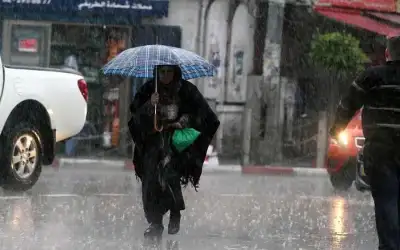More than 6 Billion People Live in Countries with a Serious Corruption Problem
نيسان ـ نشر في 2016-01-29 الساعة 19:10
>
Baher Kamal
This nine-year-old girl is one of them.
She lives in Dhaka, Bangladesh – one of 114 countries that scores below 50 out of 100 in our 2015 Corruption Perceptions Index, indicating serious levels of public sector corruption.
Instead of going to school, she spends her days sorting bottles at a recycling factory.
Officially child labour is illegal in Bangladesh. Unofficially a bribe paid to the right official can mean exceptions are made.
Like all exploitation, child labour remains a sad reality in environments where citizens are trapped in poverty and corrupt officials can be paid off.
It’s just one example of the devastation fuelled by corruption. Others include human trafficking, child mortality, poor education standards, environmental destruction and terrorism.
Put simply – public sector corruption is about so much more than missing money. It’s about people’s lives. And as the map below shows, it’s a global problem.
Based on expert opinion, the Corruption Perceptions Index measures the perceived levels of public sector corruption worldwide.
Dark red indicates a highly corrupt public sector. Lighter red and orange countries fare a bit better, but corruption among public institutions and employees is still common. Yellow countries are perceived as cleaner, but not perfect.
The scale of the issue is huge. Sixty-eight per cent of countries worldwide have a serious corruption problem. Half of the G20 are among them.
Not one single country, anywhere in the world, is corruption-free.
Poor countries lose US$1 trillion a year to corruption. It’s time for justice





